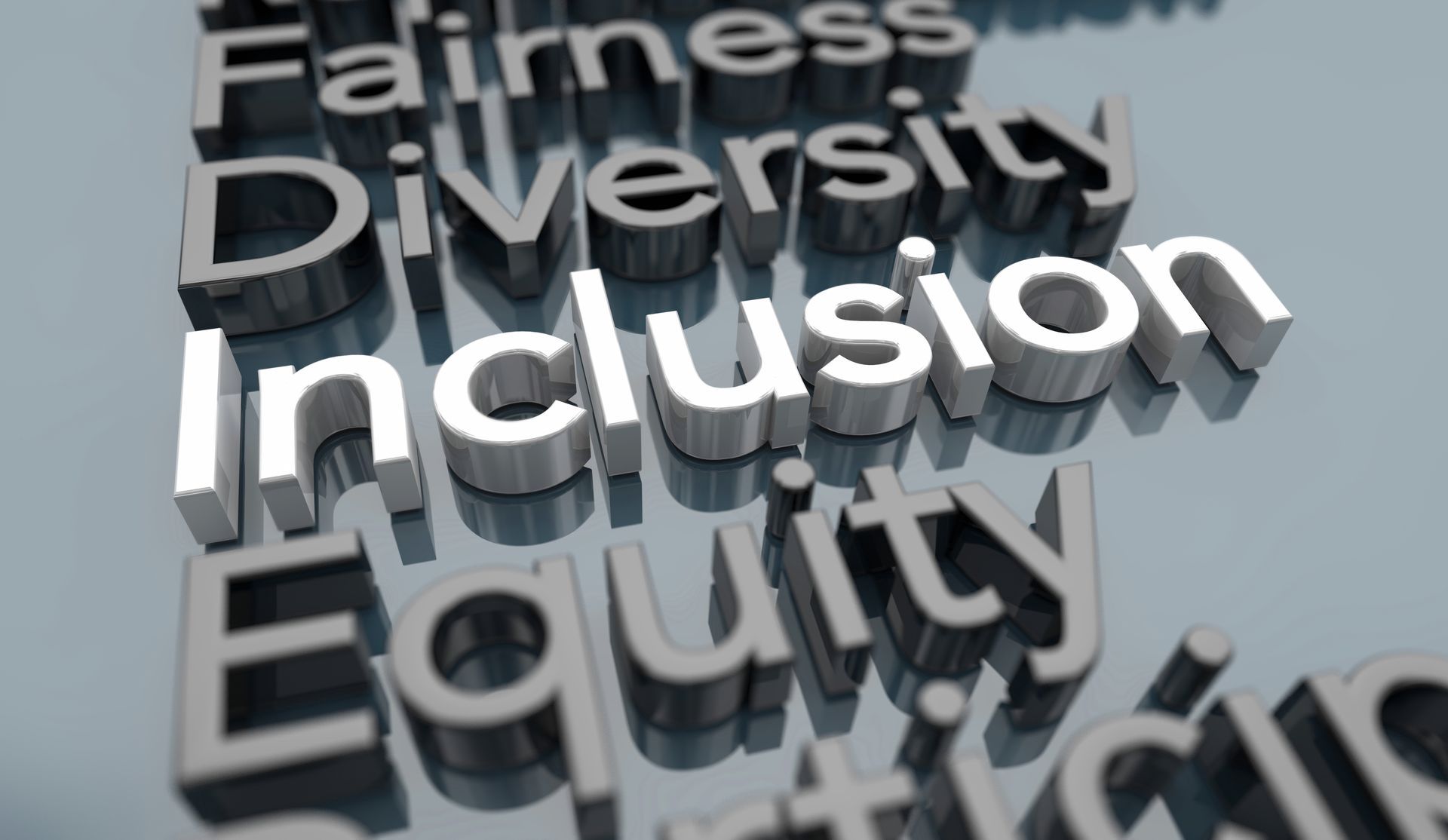
In today's rapidly evolving world, innovation has become the lifeblood of progress, and the boundaries between disciplines are becoming increasingly blurred.
Traditional silos are breaking down as fields such as science, technology, engineering, arts, and mathematics (STEAM) converge to tackle complex challenges.
Interdisciplinarity, the integration of insights, methods, and theories from multiple disciplines, is emerging as a crucial approach to understanding and addressing these multifaceted issues.
To stay ahead of the curve and tackle complex challenges, organizations must embrace interdisciplinary thinking—a holistic approach that integrates diverse perspectives, knowledge domains, and methodologies.
In this blog, we will delve into the importance of interdisciplinary thinking in problem-solving and decision-making, showcasing real-world examples of how it drives groundbreaking innovation and development.
Breaking Down Boundaries
Interdisciplinarity is about breaking down the barriers that separate different areas of knowledge and expertise.
It encourages collaboration and cross-pollination of ideas, leading to innovative solutions that would not be possible within the confines of a single discipline.
By embracing interdisciplinarity, individuals and organizations can tap into diverse perspectives, approaches, and skill sets, ultimately leading to a more holistic understanding of complex problems.
It encourages individuals to adopt a multifaceted approach to problem-solving, drawing upon diverse perspectives, methodologies, and insights to generate novel solutions.
By breaking down disciplinary barriers and encouraging cross-pollination of ideas, interdisciplinary thinking unleashes creativity, innovation, and synergies that are greater than the sum of their parts.
Seeing the Bigger Picture
At its core, interdisciplinarity is about seeing the bigger picture.
It involves stepping back from narrow, disciplinary-focused viewpoints and embracing a broader perspective that considers the interconnectedness of various factors.
For example, addressing climate change requires not only scientific expertise but also an understanding of social, economic, and political dynamics.
By incorporating insights from multiple disciplines, we can develop more comprehensive strategies for mitigating and adapting to environmental challenges.
Unlocking Creativity and Innovation
Interdisciplinarity fosters creativity and innovation by encouraging individuals to think outside the box and explore new ways of approaching problems. When people from different backgrounds come together, they bring with them unique insights and experiences that can spark novel ideas and solutions. By creating environments that promote interdisciplinary collaboration, we can unleash the full potential of human ingenuity and drive progress in ways we never thought possible.
Navigating Complexity
In today's complex world, many of the challenges we face defy simple solutions.
Interdisciplinarity offers a framework for navigating this complexity by integrating diverse perspectives and expertise.
Whether it's addressing public health crises, designing sustainable cities, or advancing artificial intelligence, interdisciplinary approaches allow us to tackle multifaceted problems from multiple angles, increasing our chances of success.
Embracing Diversity
Interdisciplinarity celebrates diversity, both in terms of the disciplines involved and the individuals participating.
By bringing together people with different backgrounds, skills, and perspectives, we can create richer, more inclusive solutions that reflect the needs and values of diverse communities.
Moreover, interdisciplinary collaboration can help bridge divides between academic disciplines, fostering a greater sense of unity and shared purpose.
Adaptability and Resilience
Interdisciplinary thinking cultivates adaptability and resilience by encouraging individuals to embrace uncertainty, complexity, and change.
By navigating diverse perspectives and integrating diverse insights, interdisciplinary thinkers develop the agility and flexibility needed to thrive in dynamic environments and navigate evolving challenges.
Real-World Examples of Interdisciplinary Innovation
Health and Technology
The intersection of healthcare and technology has led to groundbreaking innovations such as wearable health monitors, telemedicine platforms, and AI-driven diagnostics.
By integrating medical expertise with technological advancements, these solutions enhance patient care, improve treatment outcomes, and revolutionize the healthcare industry.
Environmental Sustainability
Interdisciplinary collaborations between environmental scientists, engineers, policymakers, and business leaders have resulted in sustainable solutions to environmental challenges.
From renewable energy technologies to circular economy initiatives, interdisciplinary thinking drives innovation towards a more sustainable and resilient future.
Design and Social Sciences
In the realm of urban planning and design, interdisciplinary collaborations between architects, sociologists, economists, and community stakeholders have led to inclusive and human-centric urban spaces.
By considering social, cultural, and economic factors alongside architectural design principles, these projects promote community well-being, social cohesion, and sustainable development.
Education and Technology
The fusion of education and technology has transformed learning experiences and pedagogical approaches, giving rise to online learning platforms, adaptive learning technologies, and immersive educational simulations.
By integrating technology into education, interdisciplinary initiatives enhance access to quality education, personalize learning experiences, and empower learners of all ages and backgrounds.
Interdisciplinary thinking is a powerful catalyst for innovation, driving progress across industries and disciplines.
By embracing diverse perspectives, knowledge domains, and methodologies, organizations can unlock new possibilities, solve complex challenges, and create meaningful impact.
As we continue to confront global challenges such as climate change, healthcare disparities, and technological disruptions, interdisciplinary thinking will be essential for shaping a brighter and more sustainable future.
Let us embrace the power of interdisciplinary thinking, collaborate across boundaries, and drive innovation towards a world of limitless possibilities.










